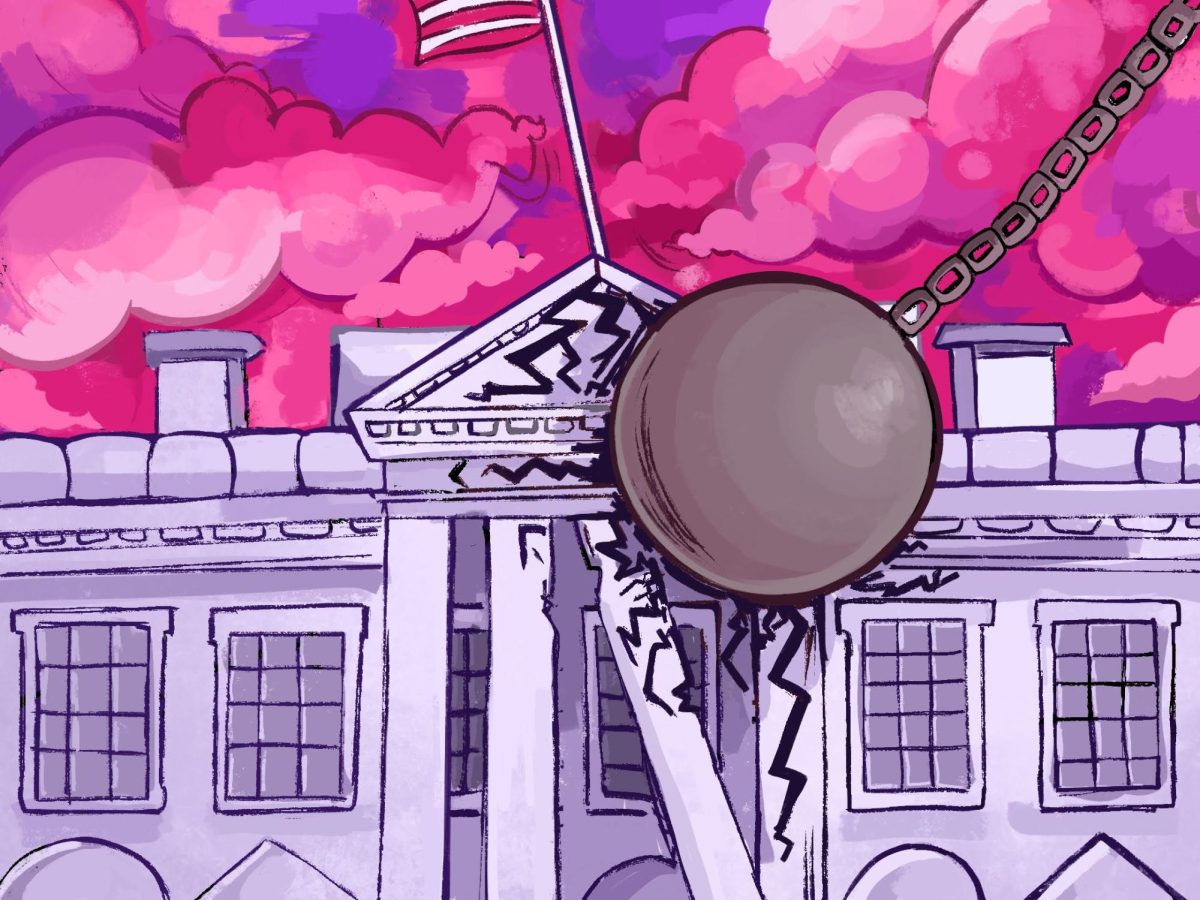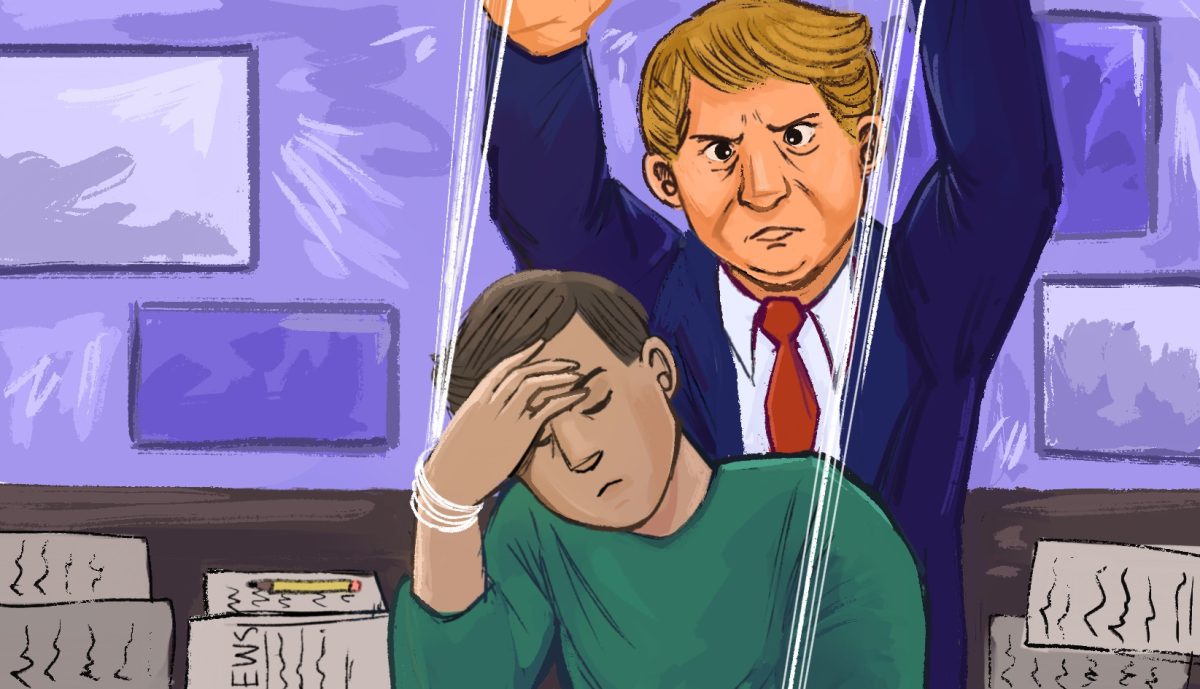A plane crash is always a tragedy; with flying being the safest mode of transportation, they’re always unexpected, too. These facts together mean that the recent string of plane crashes in U.S. airspace have certainly caught the public’s attention. The Associated Press reported that 265 people have died so far this year from five different fatal crashes, all involving American planes or occurring on American soil. Understandably, public confidence in air travel has plummeted, and calls for a remedy to the federal government’s air traffic controller shortage have never been louder. Despite this, the Trump administration has comprehensively failed to address the issue.
The Trump administration, in tandem with Sean Duffy, the secretary of Transportation and supervisor of the Federal Aviation Administration (FAA), oversaw the firing of almost 400 people mid-February. Though Duffy claimed that “zero critical safety personnel” were fired in an X post, employees in key positions—such as aeronautical information specialists, who make the routes that pilots and air traffic controllers use—were among those lost. Furthermore, an FAA press release from March 14 revealed that the agency, rather than utilizing experts within the field, is instead investing its time into machine learning and language modeling to address the crisis.
These actions are unconscionable. The FAA has long remained cautious about implementing artificial intelligence in their systems, a policy which is now being reversed in the interest of slashing workers. Although the FAA is reversing this strategy, there is no evidence that machine learning will solve any of the personnel shortages plaguing the FAA.
Despite a statement from Duffy on Feb. 27 that the FAA would be prioritizing the hiring of air traffic controllers, they have failed to address the systemic problems causing the shortage, such as high rates of burnout and the inaccessibility of the FAA Academy, among other issues. Duffy’s lack of action is concerning as well. While the March 14 press conference did implement safety recommendations to address the crashes, policies remained limited to the Jan. 29 collision between a helicopter and a plane midair, meaning the rest of the catastrophes have gone ignored and unaddressed.
Unfortunately, this does not occur in a vacuum. They are part of a larger pattern from the federal government demonstrating a complete mismanagement of personnel and disregard for civil service. The Trump administration has treated civil servicemen as disposable, with little to no regard for the actual details of their titles. Hundreds of workers for the Internal Revenue Service were cut just two months before tax season, the Center for Disease Control and Prevention lost 700 workers, and the U.S. Department of Agriculture lost almost 2,000 amidst a fight to stop the spread of bird flu.The list goes on.
In this way, the FAA is not necessarily unique in its failures. It is, however, a potent example of the malady affecting the rest of the federal government. Plane crashes are highly visible, but that does not mean that the mismanagement of personnel in other bureaus doesn’t matter. In the coming months and years of the second Trump administration, America will be exposed to the deficiencies that those firings cause, and unless the administration immediately corrects course, they will be liable for the suffering of thousands of Americans. This is no way to run a government, and it’s definitely no way to run the skies.
This piece was originally published in Zephyrus’ print edition on March 27, 2025









